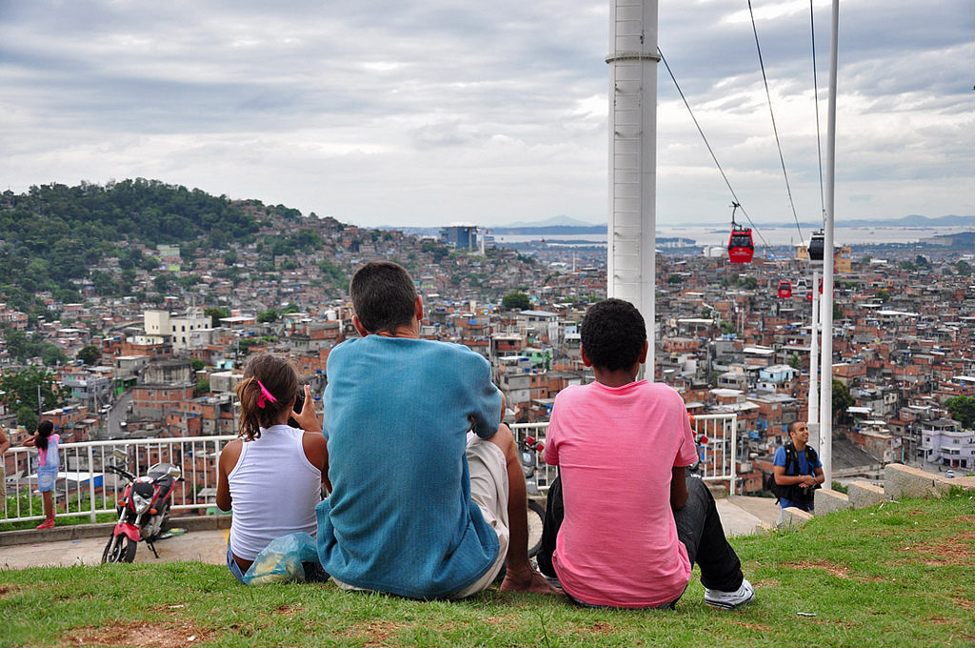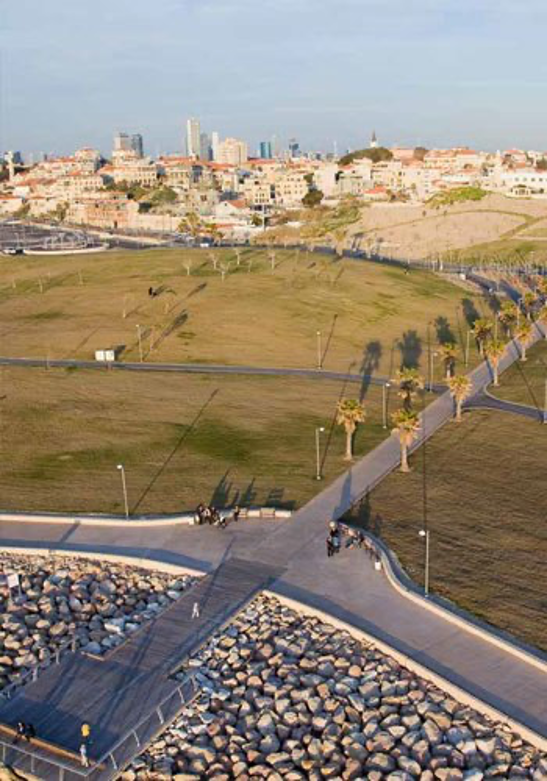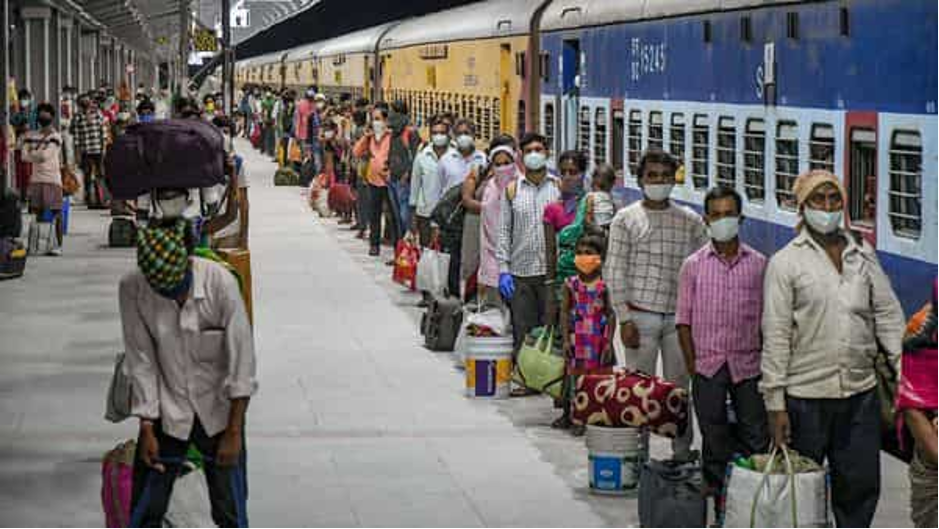Right now, we are in the middle of the world’s most ambitious inoculation programme ever witnessed in the past century and the modern times. The coronavirus pandemic has triggered what arguably is the worst public health crisis in a century and the worst economic downturn since the Great Depression[i]. A recent podcast ‘The Jab’ highlights how this race of inoculation within different nations is a matter of pride on the science front, however also presents a challenge on the social front[ii]. In the case of Israel, where more than 40% of the residents in the country have been inoculated, the country is also witnessing anti-vaxxers protests and infection rates remaining high owing to the reluctance of some groups in the population[iii]. As the exercise of inoculation against the novel coronavirus infection gains momentum, policymakers are also grappling with significant vaccine hesitancy. The chequered history of vaccination drive shows this isn’t a new phenomenon, for instance the small pox vaccine in India viewed as a “sacrilege”[iv] and hesitancy prevailed due to class divides within the society. Nations witnessed massive lockdowns, primarily in urban areas, which were hotspots for spread of the infection. This also underlined the fact that cities have witnessed tremendous population growth leading to dense urban areas bringing pressures along with it. This very fact highlights the lacuna between use of scientific knowledge as against the inclusion of social sciences for the larger good of local areas, cities and nations. This brings us to a question of concern: what are the success stories of the science and social science nexus, particularly in the urban design and policy context?
Looking at the state of management and policy guidance of countries through the lens of a crisis, it highlights the interdependence multitude of factors. In such a case, it is difficult to disagree that the social aspects decide the fate of policies for being a success or a drastic failure. Be it the state of the migrant informal labourers’ crisis due to the national lockdowns, misplaced social security systems, shutting international boundaries and its impact on tourism, battered education systems to name a few. Where science is successful to establish a linear equation of the causation or the urban phenomenon such as urban heat islands, the onus of deciphering correlation and ramifications relies on the attributes and indicators that drive the economic, social and ecological processes. This article will highlight a few urban renewal and design projects and events which have led to innovation but also drastic disruption and underline the need of the nexus of scientific and social science theory for a successful implementation and mitigation of future potholes.
“Where science is successful to establish a linear equation of the causation or the urban phenomenon such as urban heat islands, the onus of deciphering correlation and ramifications relies on the attributes and indicators that drive the economic, social and ecological phenomenon, where the equation is seldom linear.“
Case of public transit infrastructure
The sprawling hill top city of Medellin, Columbia became a success story after the introduction of a cable car which transformed the social dynamics of the city. The alteration in unconventional pubic transport led to the increase of job avenues and connectivity and also transformed a place ridden with drug abuse and criminal record to a place of ‘relative peace’[v]. However, this creative disruption when adopted to other city, such as Rio de Janerio, failed when the local politicians chased the hope of transforming their problem areas into functional, successful districts, and eventually to tourist magnets. The reason for failure pivoted on the factors of the existing issues of poverty, lack of sanitation and basic infrastructure where a project such as a cable car was bound to fail and hardly used by the residents. The geography of the city also acted against the innovation and transformation, as the cable car needed to be connected with transit modes due to the multiple hills in the city. The cable car project in South America, is a classic case which demonstrates ‘one size doesn’t fit all’ and needs to be assessed as per the needs of the geography, demographics and socio-economic aspects of any region.

Case of green gentrification
The case of Jaffa slope park in Tel Aviv- Jaffa, Israel highlights the disparity between discourse of ecological planning and spatial justice. Scholarship maintains that there is a desire to include social structures and social justice in the discipline’s traditional mandate for preservation and representation of the relationship between culture and nature, however it is thwarted in methodology and practise[vi]. Since the war of 1948, the local Arab families suffered a severe housing shortage and were underserved by the municipality in all facets of life, seeing many evictions, displacements and fragmentation of the urban fabric. Since 1969, the municipality decided on a land reclamation policy along the shore and dumped the entire city’s construction waste on the lively beach, which once provided livelihood to the residents. This also led to environmental hazards such as dripping toxins, foul smell and garbage trucks impacting the life of the remaining low-income Arab residents.

“All socio-political projectes are ecological and economical projects and vice versa.” – David Harvey (1996)[vii]
Seeing the current state of real estate and market values of the high-income houses constructed on the fringes of this park underscores the interconnectedness between the park’s construction, property values, and housing affordability and spatial injustice. As Susan Feinstein (2010) argues, public deliberations in urban renewal plans are limited because “their ability to halt gentrification, however, is restricted by their lack of control over private-market activities”. In such cases of a contested land and identity issue in countries, the impact assessment of any land or planning policy on the social well-being is critical.
Case of informal economy and immigrant labours
With the unprecedented crisis of the Covid 19, highlighted the faultiness in the contemporary world and heavily impacted the economics of the country. This case shows that a blanket policy of national lockdowns cannot be adopted to different contexts and can lead to massive turbulations in the society. The health aspects of the pandemic have not affected rural areas as much as urban centres however the containment measures pose new economic, social and gender challenges. The informal sector was the worst hit, since the majority of task force depended on migrant labours. These big cities which were once an attractive destination for workers from poor, rural regions have been hit by reverse migration of over 2/3rd labourer force. If the migrant crisis is invested thoroughly, it brought to the fore the issue of social hierarchy and landlessness which compels the rural population to migrate to the cities. As per the Department of Land Resources 2013, an assured possession and equitable distribution of land is a constant source for peace and prosperity and will pave the way for economic and social justice in India[viii]. The sudden COVID-19 pandemic has brought specific difficulties to poverty alleviation, rural development and also issues of gender and income disparity. It also highlights the need for contextual rural policies for land, agriculture and employment to mitigate the out migration to result in a sustainable rural economy.

Lessons from the Indian philosophy:
The ancient language of Sanskrit gives an advice through an epigram, which cleverly indicates ways of life:

Meaning: The first sign of intelligence (for a strategist) is to know what work not to undertake (which is beyond the capacity). The second sign of intelligence is to complete the work successfully which has been undertaken.
These lines, if applied to processes of urban design, planning and policies, indicate that venturing into new projects should ideally be an informed decision by assessing its impacts on all the major corner stones: social, economic, ecological and cultural.
Applying the Pearl hierarchy:
The 21st Century has seen magnitude of innovation in science, digital tools, machine learning and artificial intelligence. However, machine learning researchers have noted that current systems lack the capability of recognizing or reacting to new circumstances they have not been specifically programmed or trained for, and identify the obstacle as adaptability or robustness[ix]. Applying this concept of machine learning to urban design issues, to include the social aspects and the human- dimension for cities related to the understanding of cause-effect equations.
“Some tens of thousands of years ago, humans began to realize that certain things cause other things and that tinkering with the former can change the latter… From this discovery came organized societies, then towns and cities, and eventually the science and technology-based civilization we enjoy today. All because we asked a simple question: Why?” – J. Pearl and D. Mackenzie. (2018) [x]

In this model, the association level solely depends on the statistical data, whereas the next tier involves questioning what exists and changing the way it exists. Counterfactuals is the highest level of analysis and the building block of scientific thinking as well as legal and moral reasoning. From the ability to reason about the future outcomes of current actions in the association level, to the most complex causal inference analysis capability in the counterfactual level, where the algorithm is able to “reflect” and “imagine” the outcomes that could have obtained had it taken different actions in the past[xi].
For instance:
Association question: There was reverse migration of the informal labor force to their towns and villages, due to loss of jobs and income. Returning to villages is not a viable option financially since most people do not posses land for farming.
Intervention: Providing them with rural employment or unemployment benefit; providing land on lease for agriculture purposes to rural population
Counterfactuals: Will the providing of rural employment have a counter effect on the economy on cities and impact businesses which are dependent on labor force? Will the provision of land lead to any social impacts and hierarchy with in the rural setting? What is the effect on gender equality in terms of financial gains?
Application of this model to urban planning and design process has the potential to expand the predictability of the success of the failure of the project in long term by assessing the various elements and attributes of the human dimension of cities. Applications that rely on associations have had a significant impact on urban science and spatial economics, however the applications based on counterfactuals provide a deeper understanding of the decisions of policies being undertaken to understand the long-term impact. Applications that rely on associations have had a significant impact on urban science and spatial economics, however the applications based on counterfactuals provide a deeper understanding of the decisions of policies being undertaken to understand the long-term impact. This can be synonymous to the scenario building process of participatory methods in planning to imagine the consequences of the actions taken in the present to prevent future issues and also prepare and strengthen the policy and decision makers to tackle of any predicted outcome on this process and prepare for mitigation by providing informed solutions.
[i] UN HABITAT; World Cities Report 2020
[ii] Economist; The Jab—a new podcast from The Economist; Feb 22nd 2021
[iii] Times of Israel; Playing whack-a-mole with anti-vaxxers, Israel works to revitalize vaccine drive, Isaac Scharf and Ilan Ben Zion; 15 February 2021, 3:01 pm; https://www.timesofisrael.com/playing-whack-a-mole-with-anti-vaxxers-israel-works-to-revitalize-vaccine-drive/
[iv] The Indian Express; Explained: The history of vaccine opposition in India — the case of smallpox; Written by Benita Fernando , Edited by Explained Desk | Mumbai | Updated: February 24, 2021 10:20:15 am https://indianexpress.com/article/explained/covid-vaccine-opposition-history-india-7201266/
[v] Apolitical; Anoush Darabi, Jan 10 2018, In Medellin, cable cars transformed slums—in Rio, they made them worse.
https://apolitical.co/en/solution_article/medellin-cable-cars-transformed-slums-rio-made-worse
[vi] Naama Meishar (2018) The Social Aftermaths of Landscape Architecture Urban Parks and Green Gentrification; https://doi.org/10.7480/spool.2018.2.3303 SPOOL | ISSN 2215-0897 | E-ISSN 2215-0900 | VOLUME #03 | ISSUE #02
[vii] Harvey. D. (1996) Justice, Nature and the Geography of Difference. Oxford: Blackwell; pp.174-175.
[viii] Ranjan R. (2020) Impact of COVID-19 on Migrant Labourers of India and China; Critical Sociology; Page 1–6
[ix] Judea Pearl. 2018. The Seven Tools of Causal Inference with Reflections on Machine Learning. 1, 1 (November 2018), 6 pages.
[x] J. Pearl and D. Mackenzie. 2018. The Book of Why. Basic Books, New York.
[xi] Jairo Alejandro Goméz Escobar; Causal inference and its importance for urban growth; PEAK Urban website. October 1, 2019; https://www.urbantransformations.ox.ac.uk/blog/2019/causal-inference-and-its-importance-for-urban-growth/

